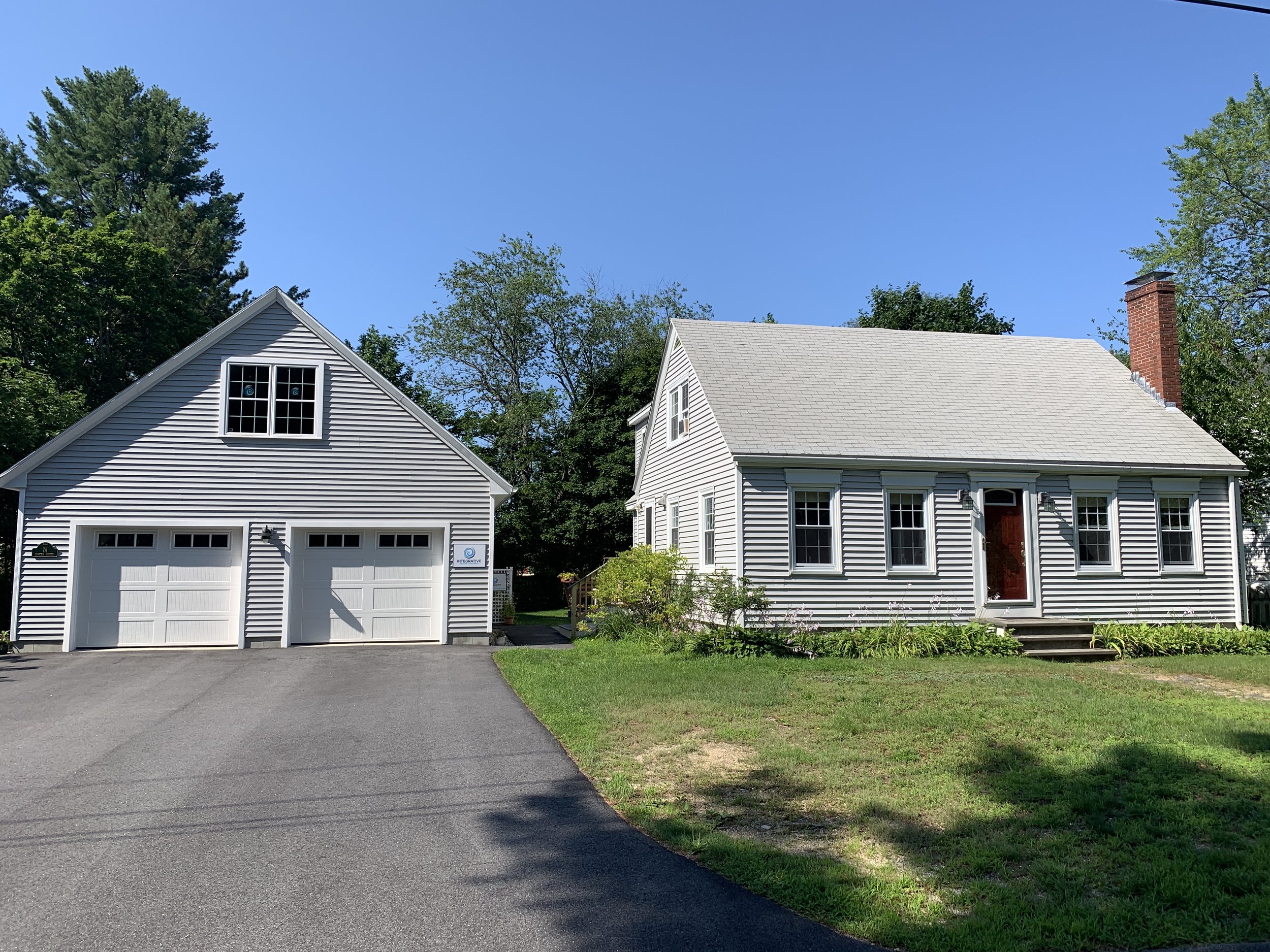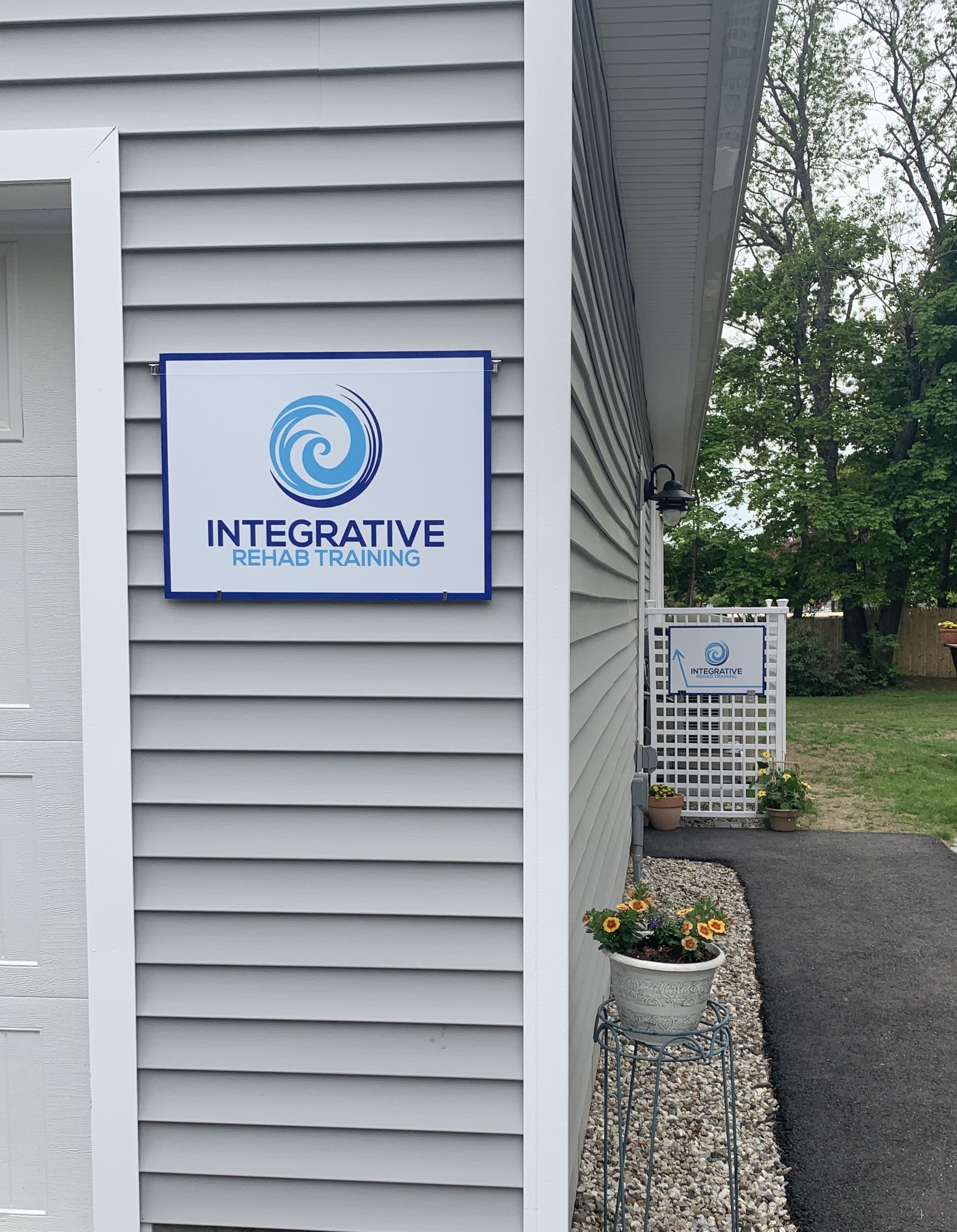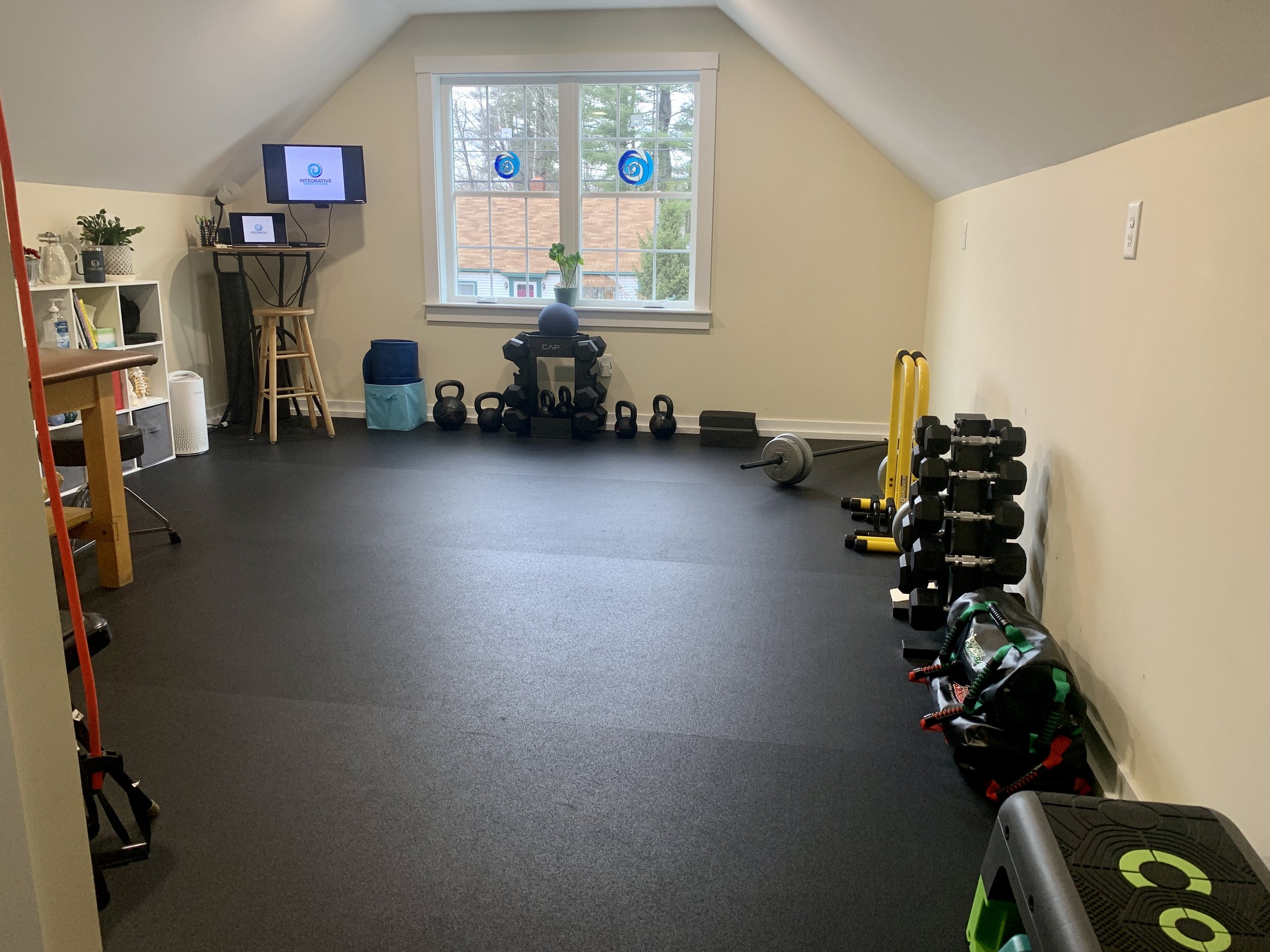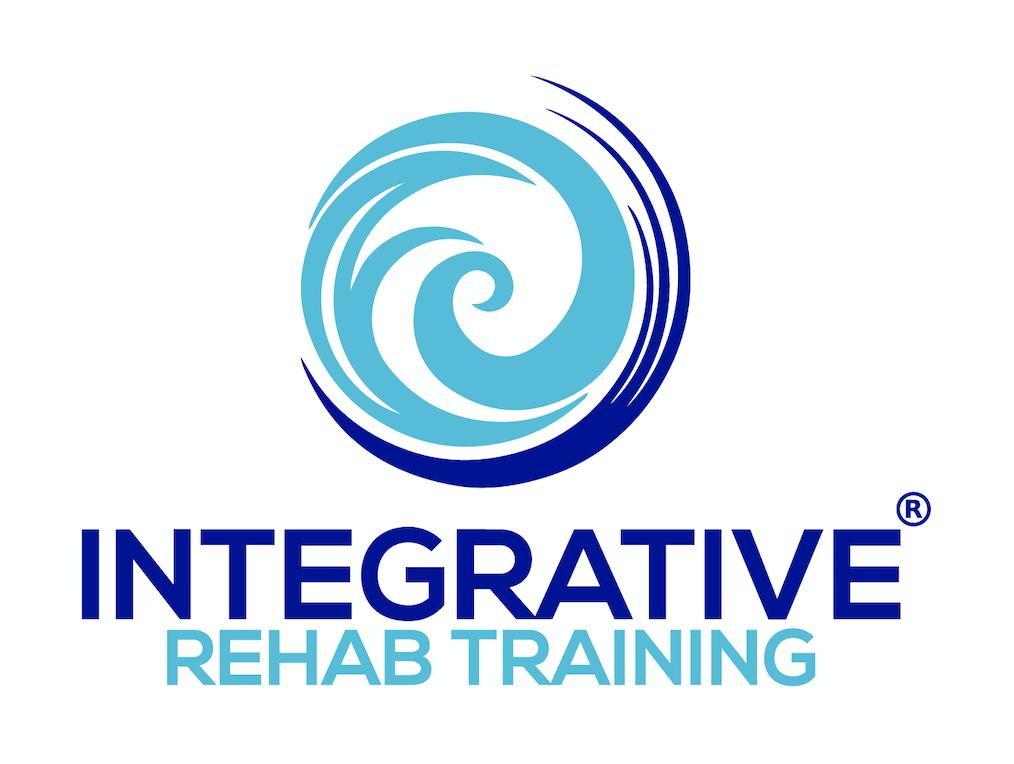What does (over)extension produce....
What does (over)extension produce?
• Extension creates a sense of stability
• Extension allows more freedom of movement
• Extension encourages increased muscle tone
• Extension develops a sense of confidence
While each of these things in and of themselves sound like positives, and to some degree they can be, too much of any of them is not. Overextension refers to not just a position of one or more joints, but also a state of mind. In reference to the items above, the sense of stability is gained through joint compression, freedom of movement is coupled with torque, increased tone refers to overfacilitated musculature, and building confidence is at the expense of the other factors.
Healthy extension requires a balance of all planes of movement, coupled with mid-range control, to be able to eccentrically decelerate movements which will bring the body to end-ranges with appropriate check reins. With respect to the neuromuscular system, there are significant variabilities which can influence how the system responds to internal and external inputs. Many external inputs can be retrained through good muscle sequencing. Internal inputs however are mostly automatic and happen as a result of neurological, chemical balances, metabolic influence, and even cortical response with respect to prior experiences and our subconscious response.
So what ties this all together? Step one is to create good integrated control between the thorax and the pelvis. This is done by first normalizing breathing activity to decrease the imbalanced, often hyperinflated state and subsequent poor rib positions that occur as a result. This aids in changing the resting pressure in the system as well as allowing for improved movement efficiency. Next is to turn on some posterior hip, inner thigh, pelvic floor and abdominal muscles, with good sequencing, to bring better closure of the anterior rib wall to the pelvis. This essentially aids in decreasing the propensity of the back to arch from the pelvis tipping forward on one or both sides and the front ribs rotating up and back. It is critical that this next step incorporates the breathwork as this is what will keep the proper muscles working for movement and control and not recruit the respiratory muscles to do the work. The final stage is to integrate it with higher level activities. Teaching and instructing on key ways to learn deceleration control in all three planes of movement, as well as making some day-to-day changes to further reinforce proper positioning is critical.
Breathwork, movement efficiency, facilitation, education and integration….





